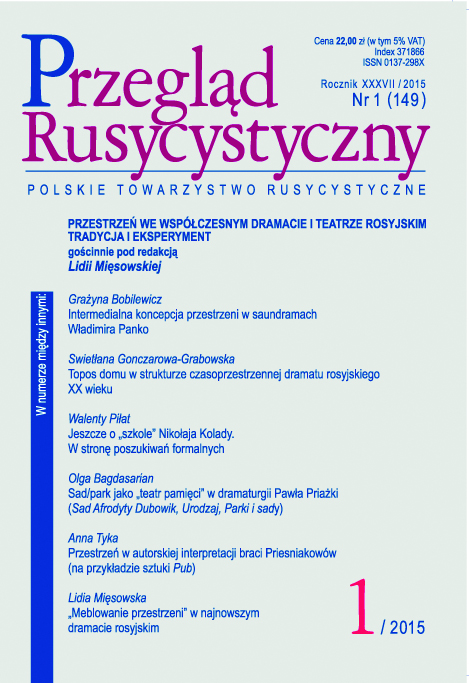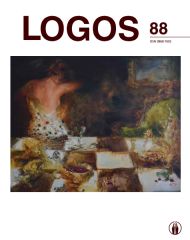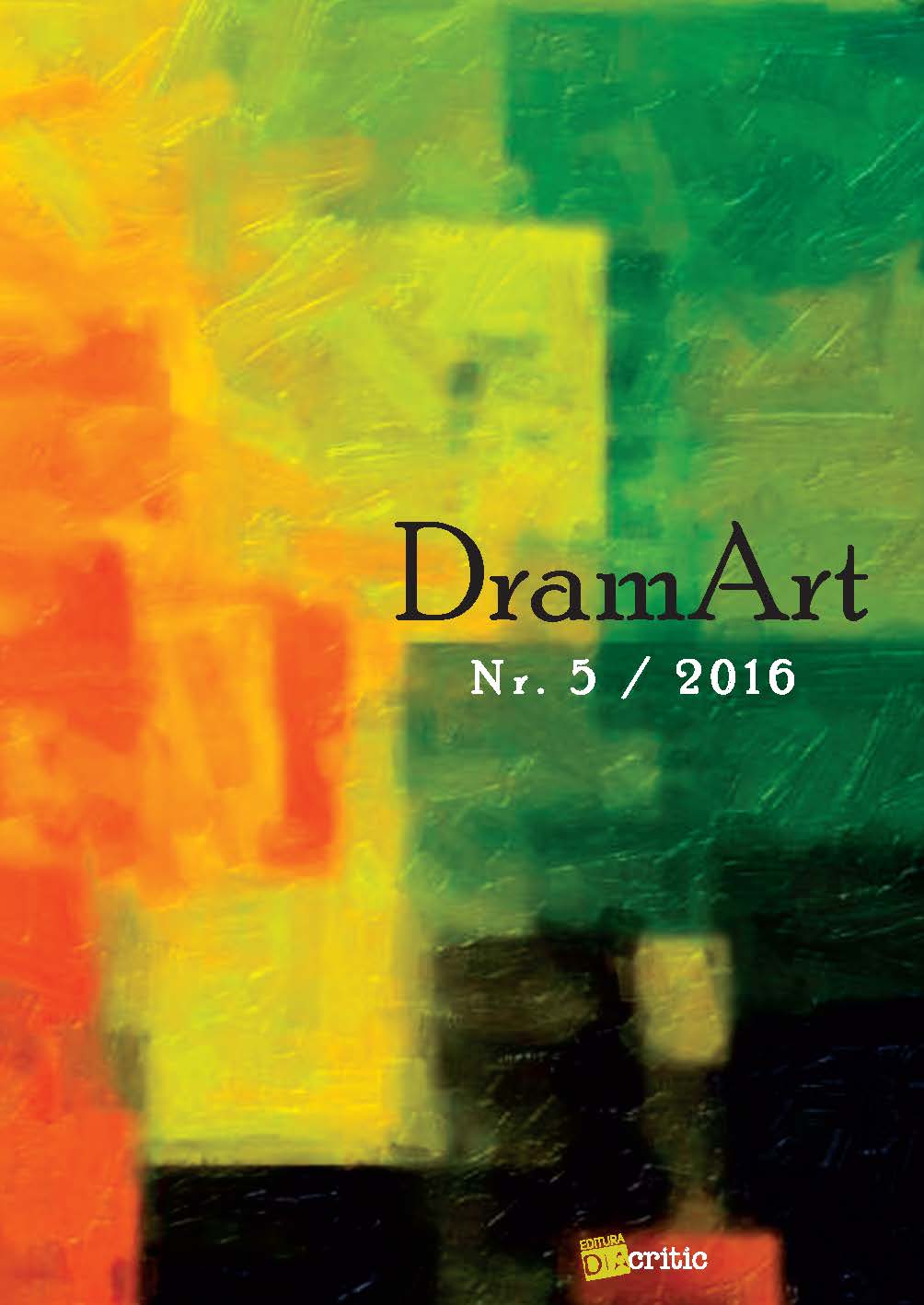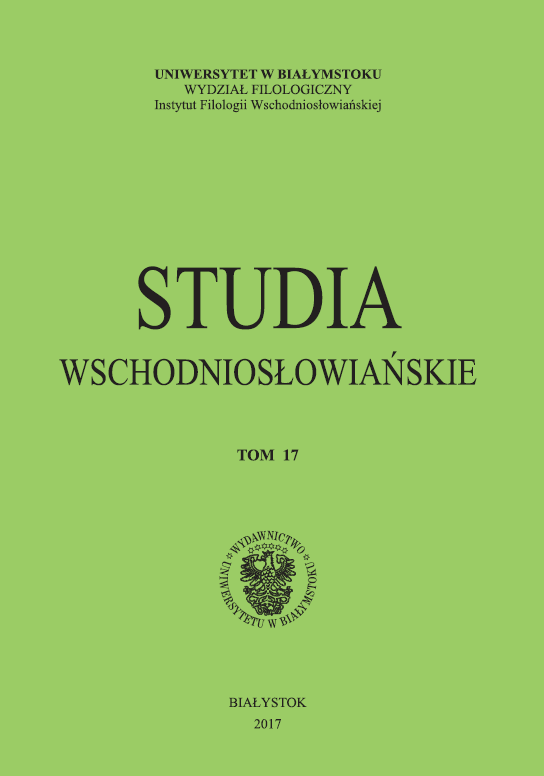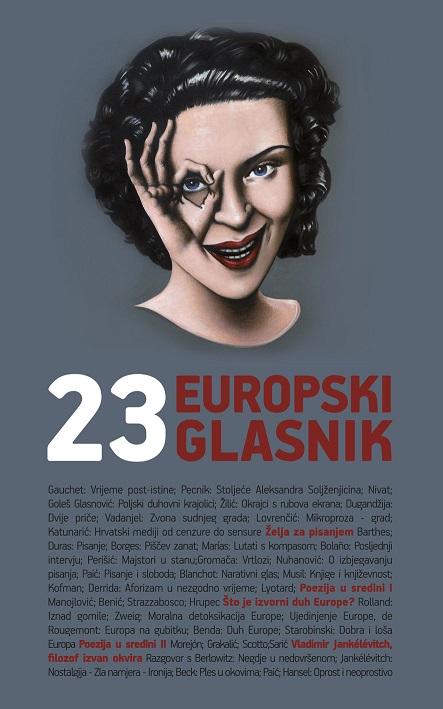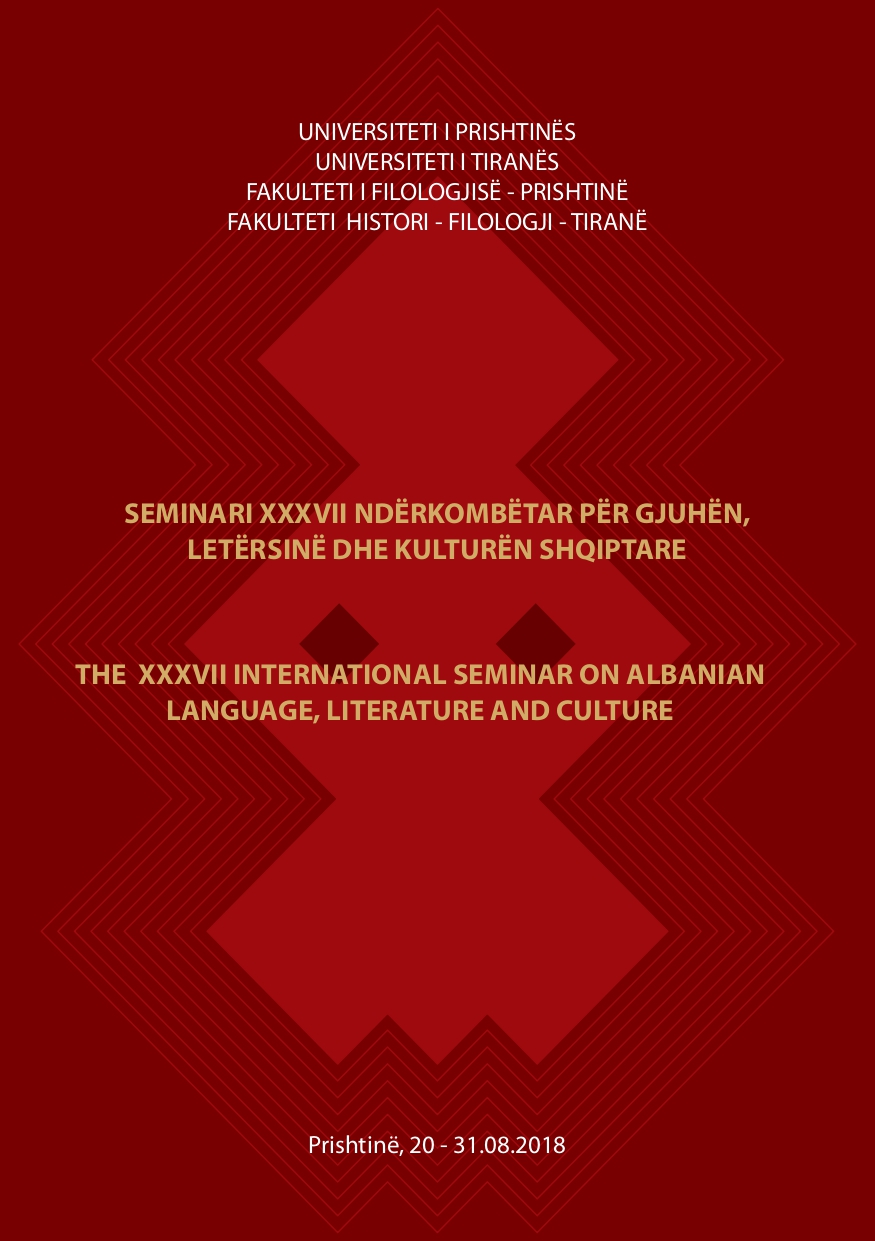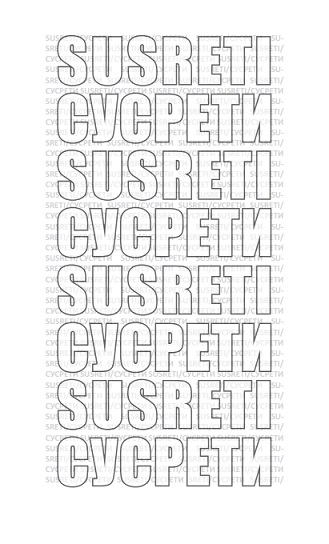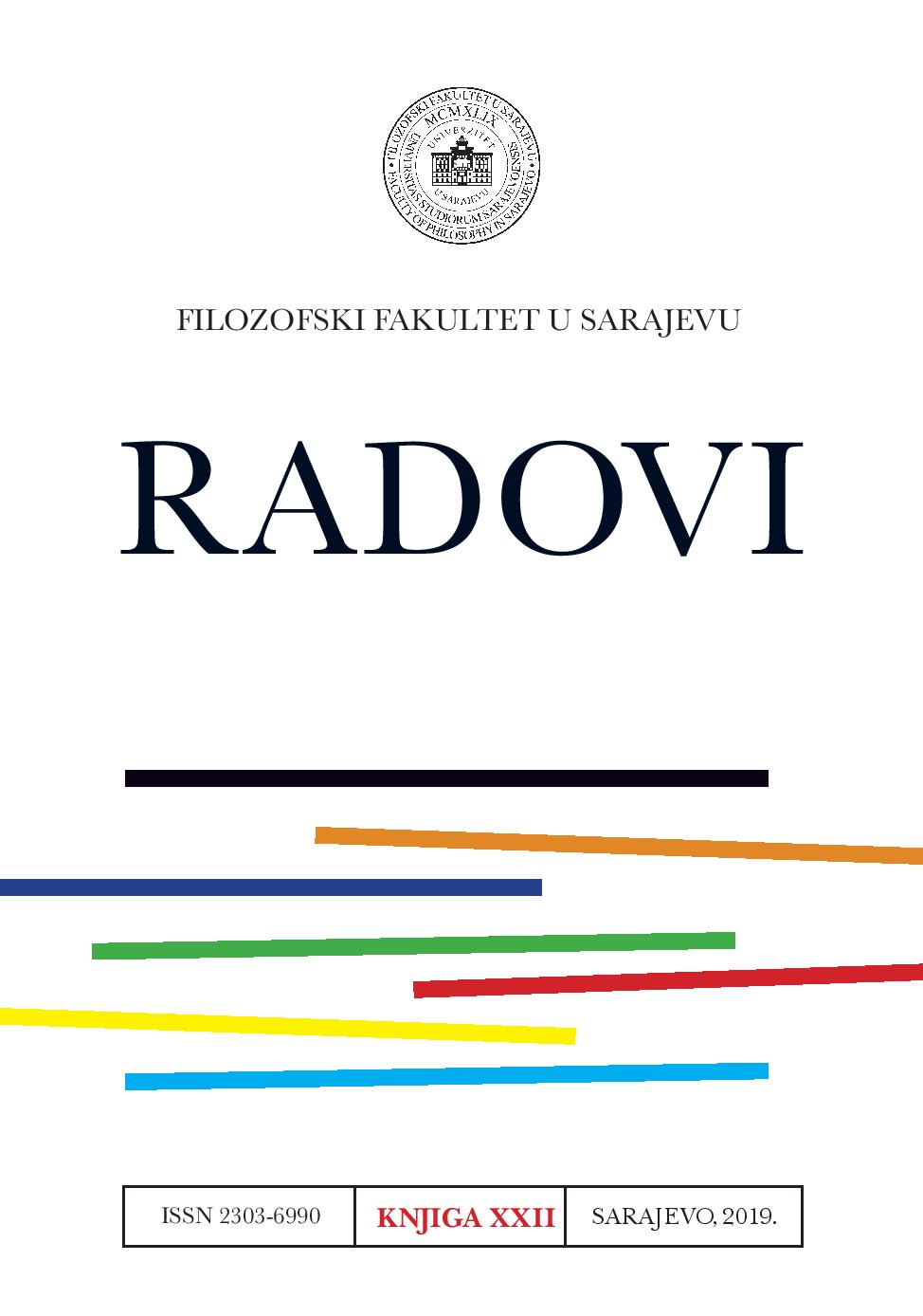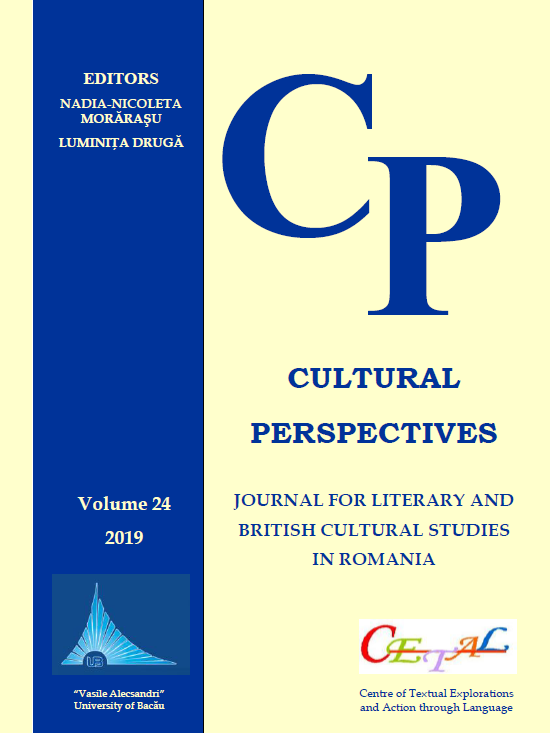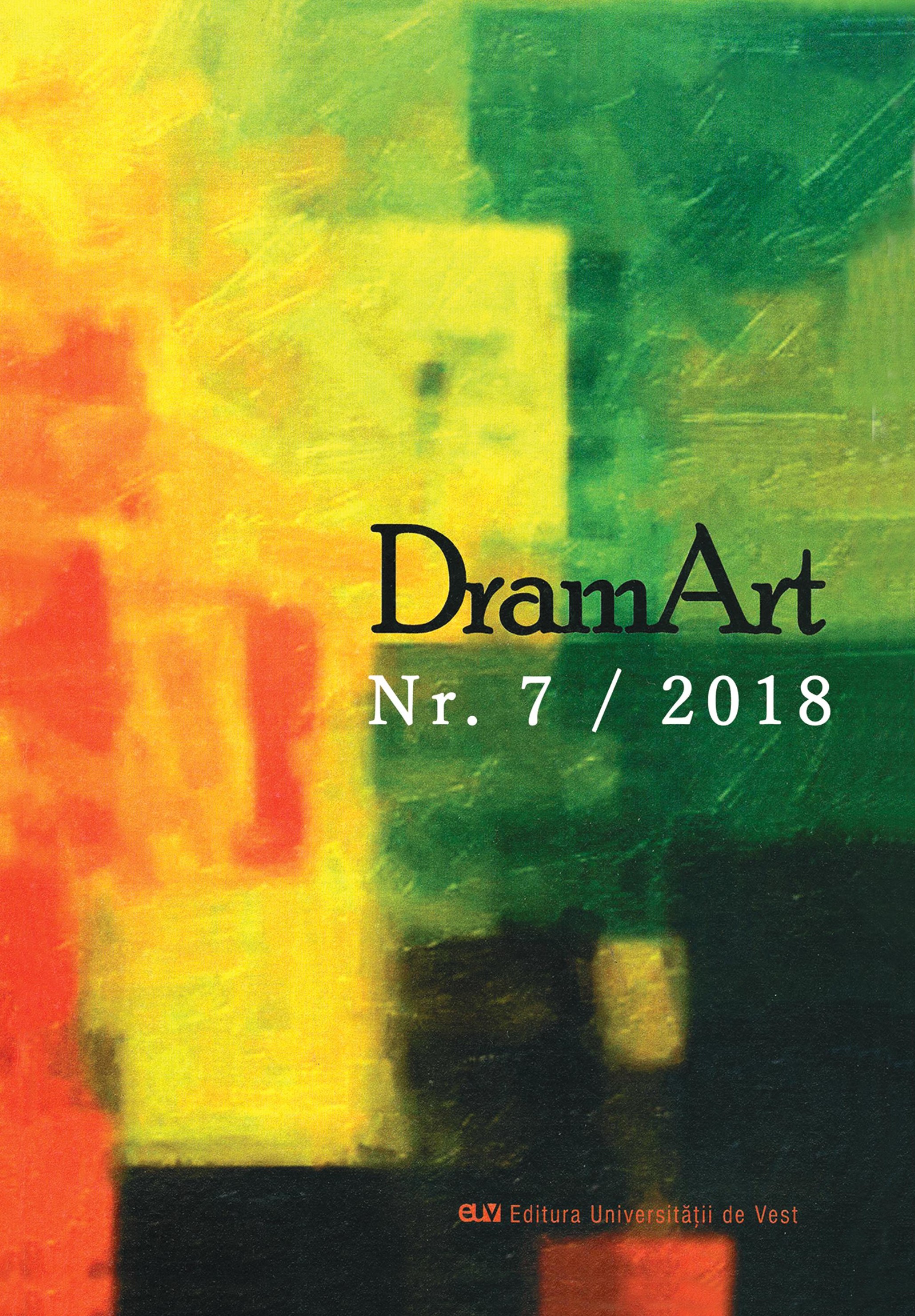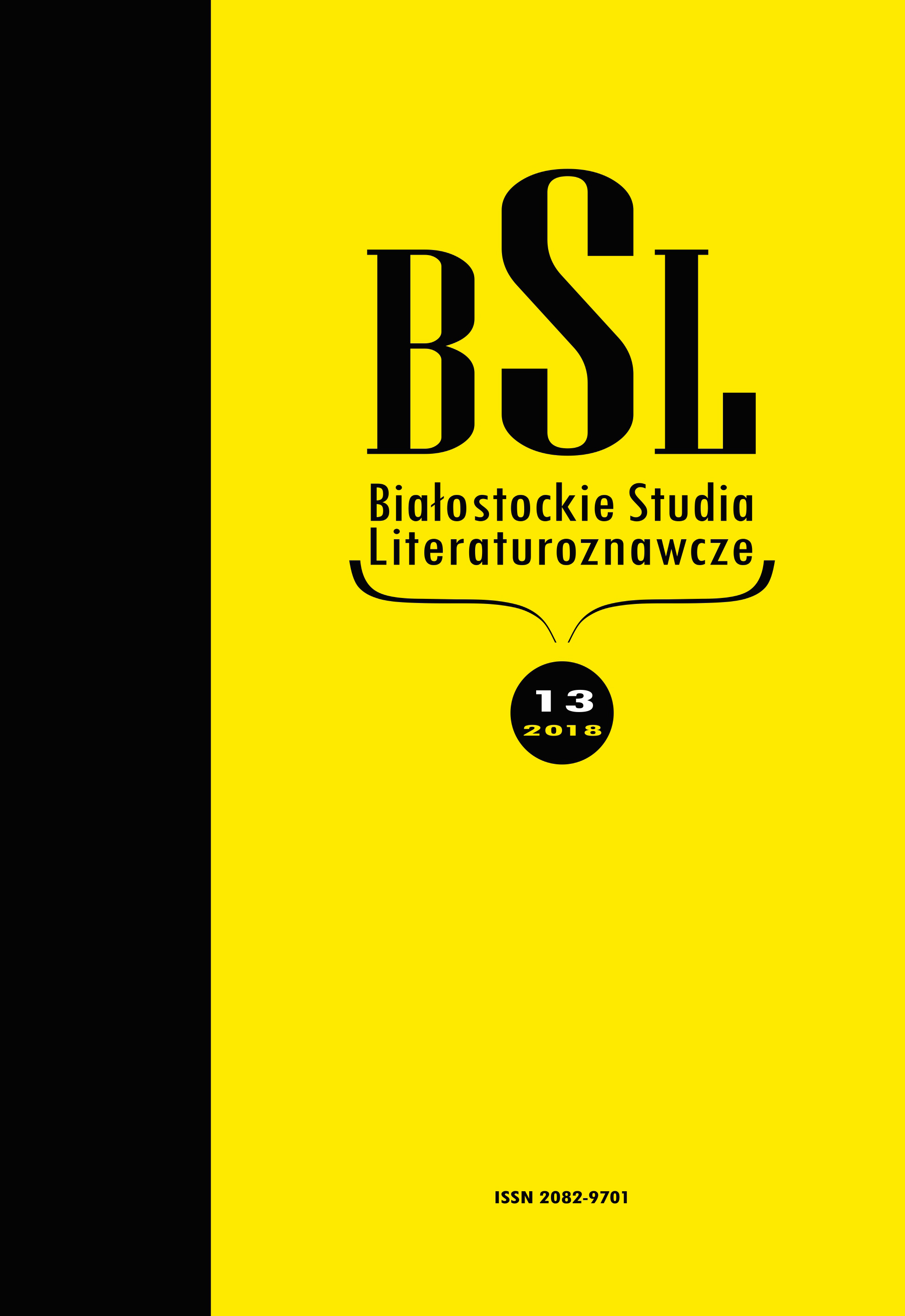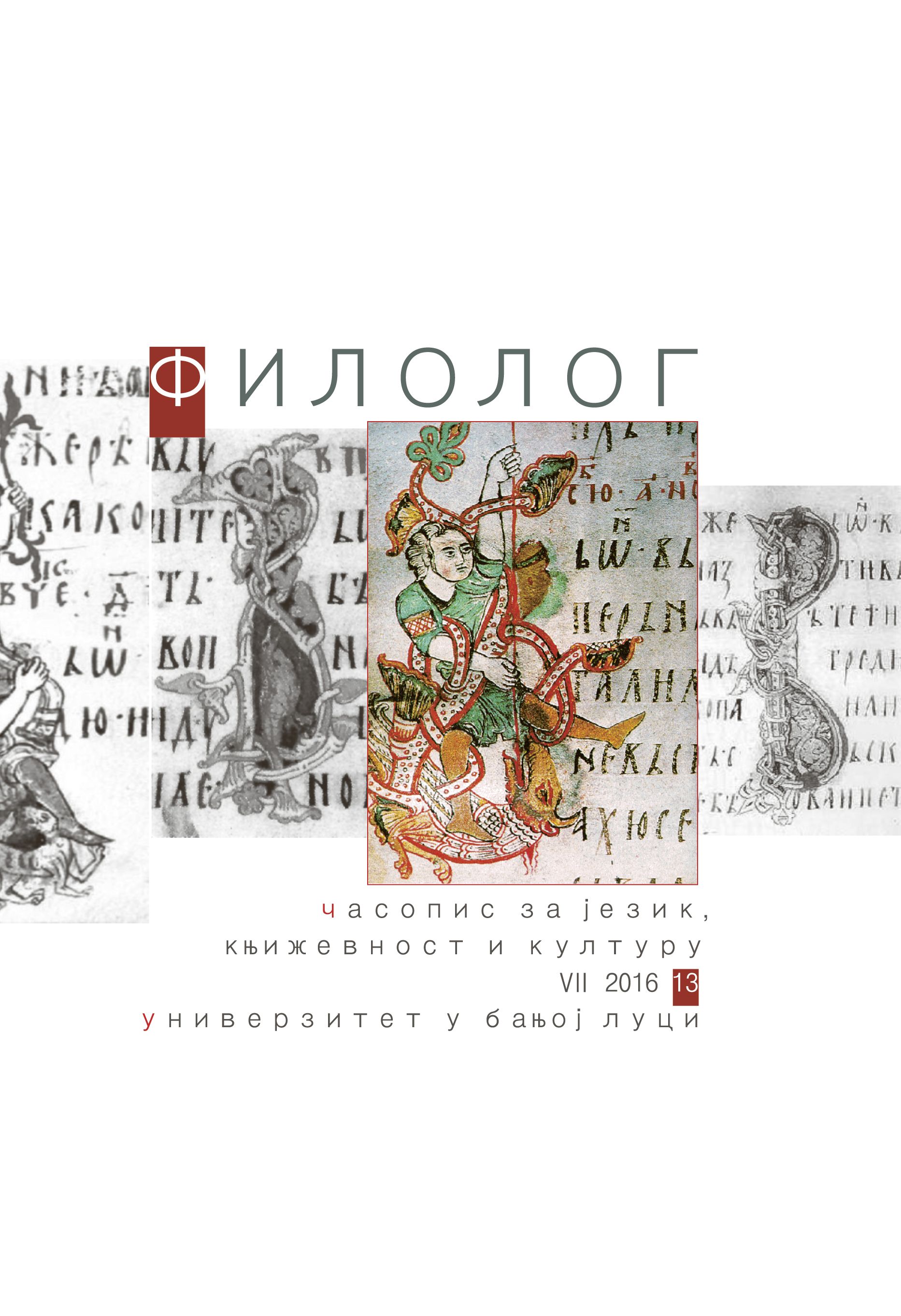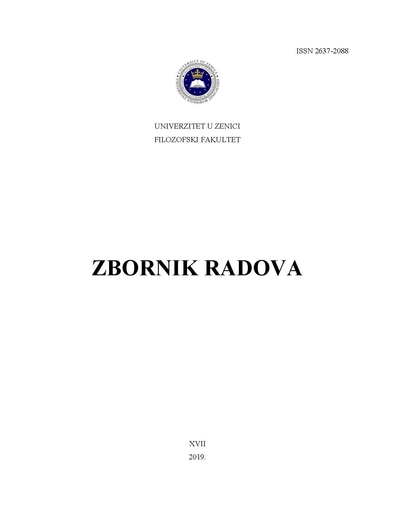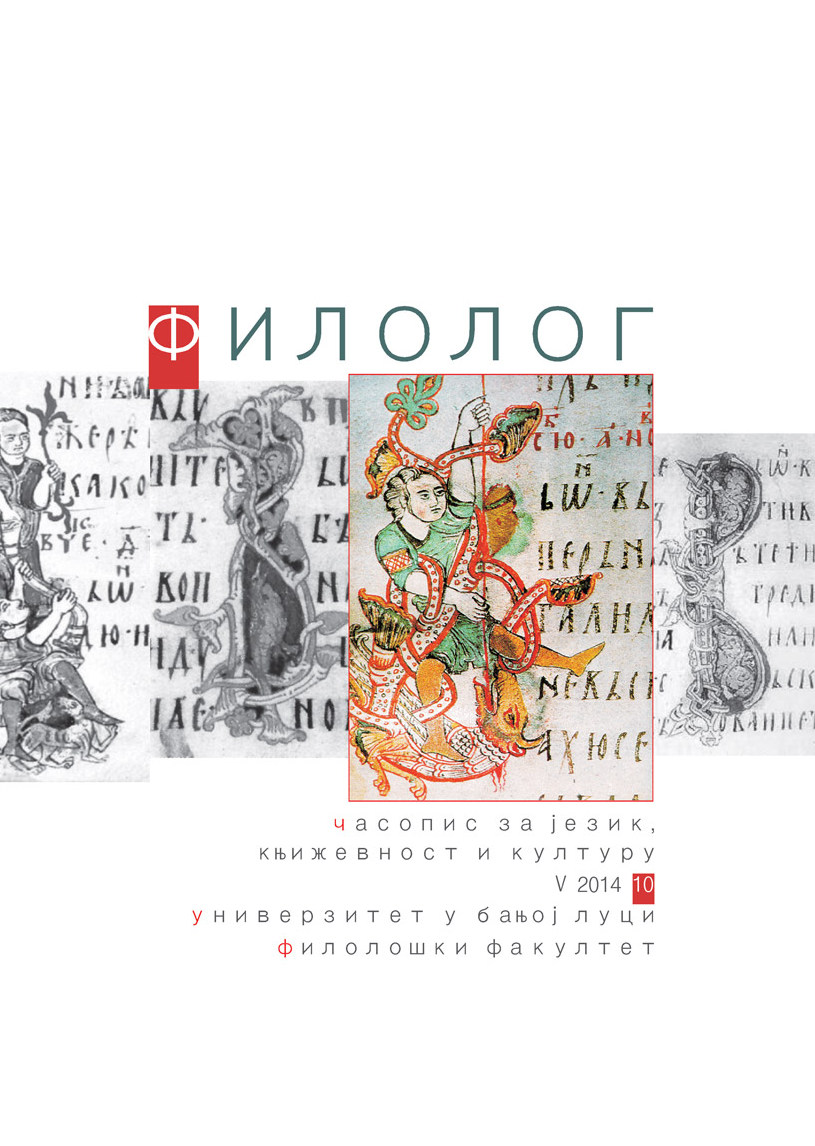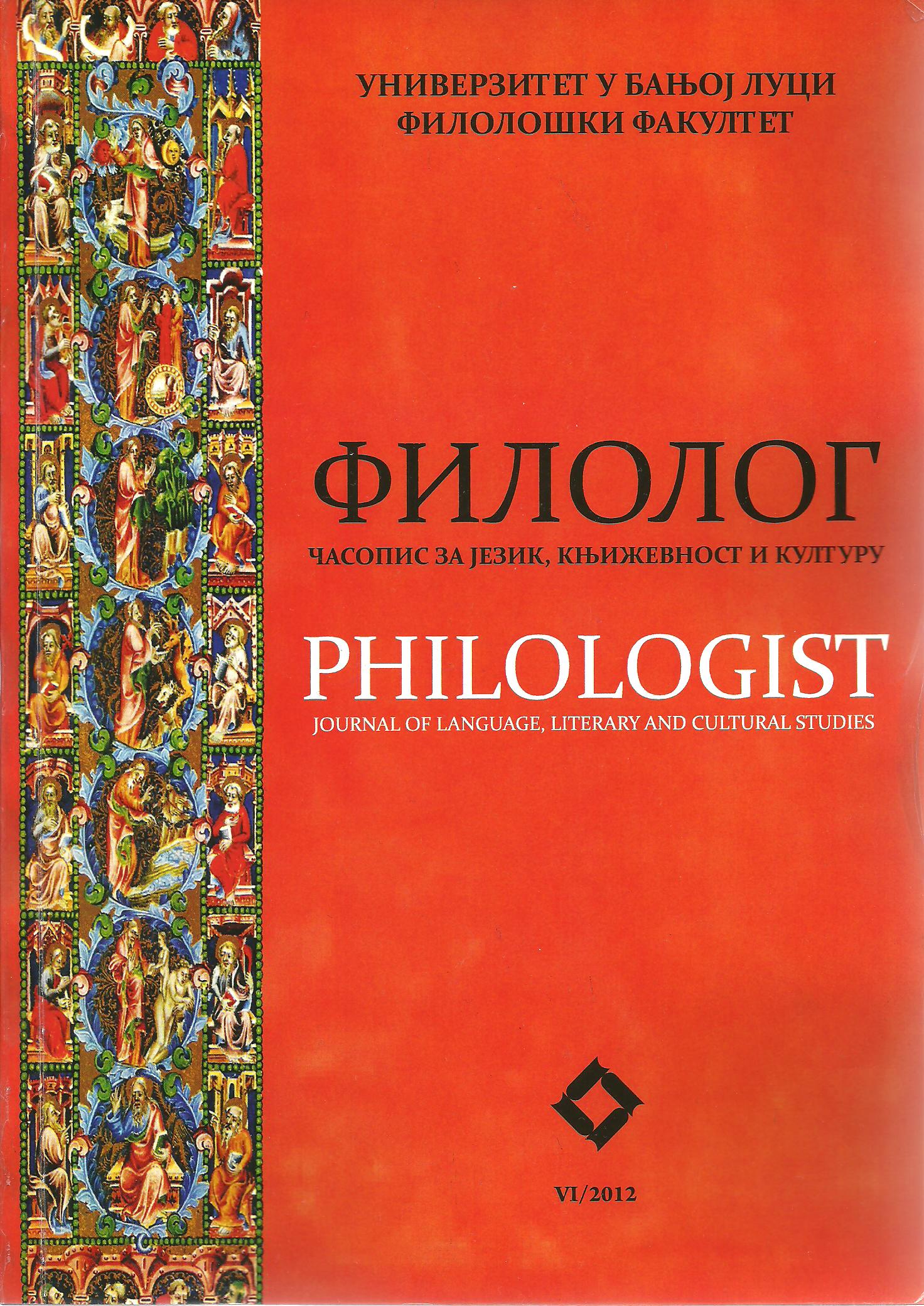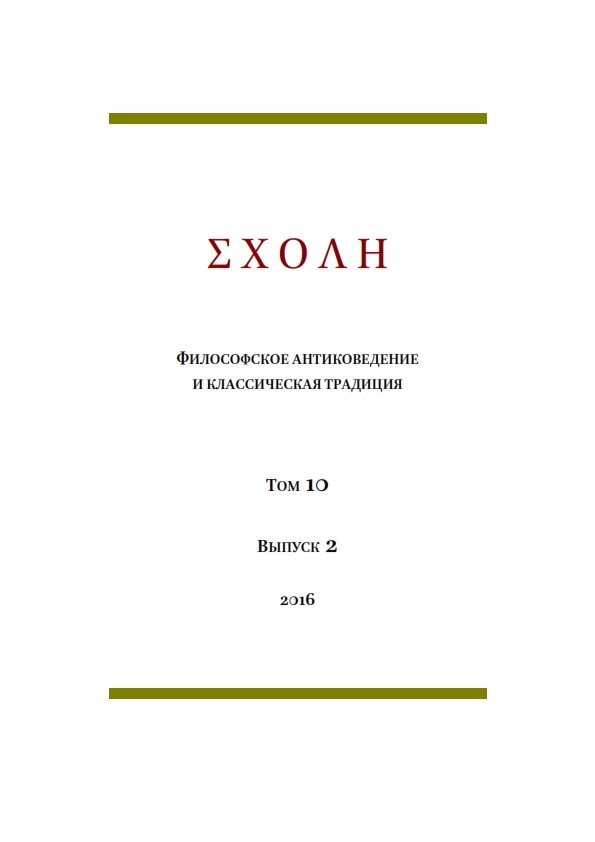
ПЕРЕВОСПИТАНИЕ ДОЧЕРИ, ЖЕНЫ И МАТЕРИ В ТРАГЕДИИ ЕВРИПИДА «МЕДЕЯ»
By comparison of separate dialogues in the Medea we isolate passages where Euripides inform us about contemporary educational reality. In his Medea, Euripides presents the hierarchy of virtues, which has to be accepted by any ‘educated’ person. Having changed the mythological plot and highlighted these changes by a number of innovative artistic touches, Euripides shows process and result of re-education of Medea-daughter, Medea-wife and Medea- mother who seeks to make understand others and bring herself to reason, being placed in the circumstances which force her to divide between the «one’s own» and the «others».
More...
